When it comes to interior design, your home should reflect your personality and style. However, certain design choices can unintentionally make your space look outdated or tacky. Whether it’s overdoing a trend or neglecting functionality, these common mistakes can make your home feel less inviting and more stuck in the past. Here’s a look at 13 interior design mistakes that could be giving your home an outdated and tacky feel.
1. Overloading Your Space With Too Many Trends
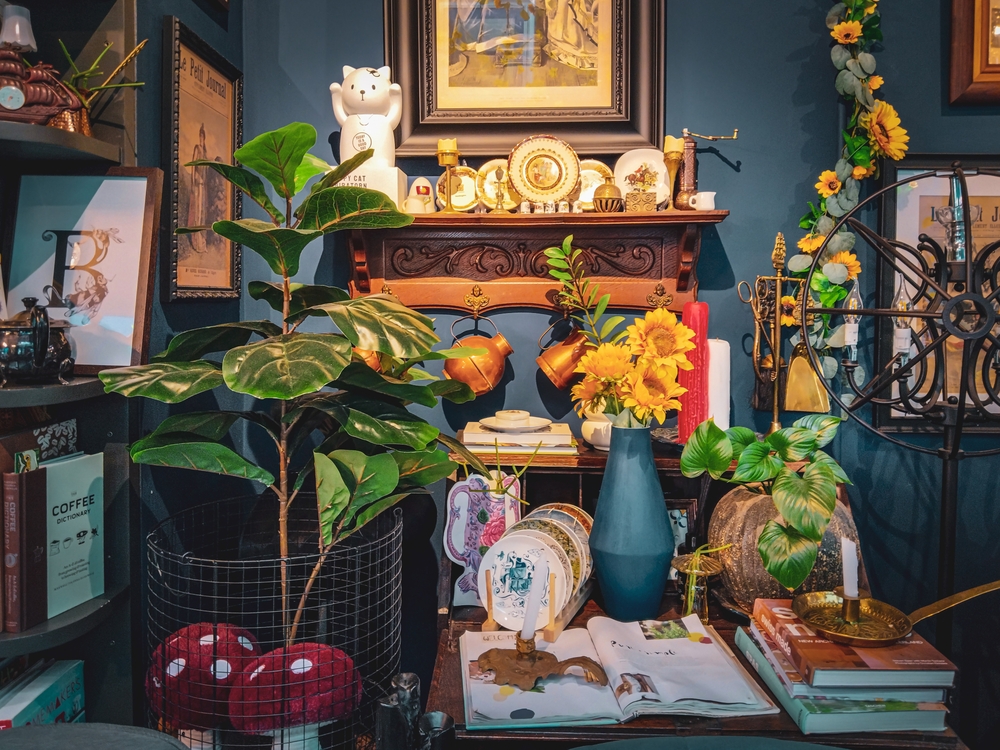
Jumping on every design trend can quickly make your home feel like a showroom rather than a place of comfort. While trends can be fun, overdoing them often results in a space that feels cluttered and chaotic. Combining too many popular trends in one room can create visual noise and make your home appear as though it lacks a cohesive design vision. Instead, focus on incorporating trends in small doses, blending them with timeless pieces to keep your space looking fresh but not cluttered.
According to Business Insider, excessive maximalism and bold patterns can overwhelm a space and detract from its comfort. For example, while the bohemian vibe might be in vogue, too many conflicting patterns or colors can overwhelm a room. Think about adding a trendy throw pillow or a modern light fixture instead of transforming the entire space. This way, you stay up-to-date without making your home feel like it’s trying too hard to keep up with every new trend.
2. Matching Furniture Sets Everywhere
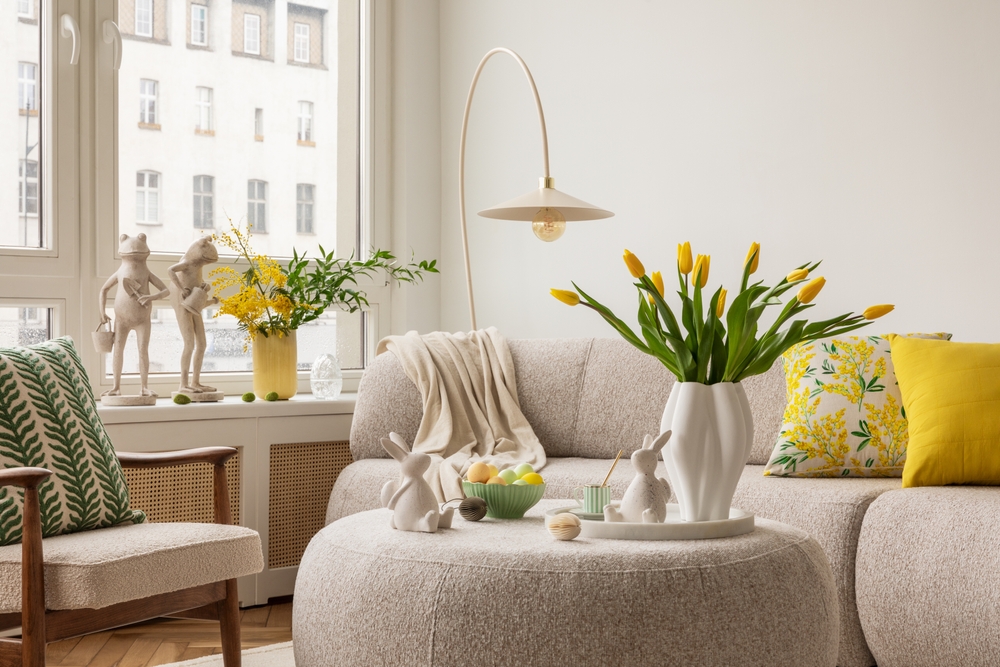
While it may seem appealing to buy a matching set of furniture for your living room or bedroom, this can make your space look rigid and impersonal. Overly coordinated furniture can create a sense of monotony, making the room feel like it came straight from a furniture catalog rather than being a lived-in, dynamic space. The key to a more stylish, modern look is mixing and matching different furniture pieces to create contrast and personality. According to Houzz, mixing furniture styles adds depth and character to your home while creating a more personalized design.
Don’t be afraid to mix different materials, colors, and styles. Pairing a vintage chair with a modern sofa or a sleek metal table with a cozy wooden bench can make your space feel more unique and reflective of your personality. Avoiding matchy-matchy furniture will give your home an effortlessly chic vibe and prevent it from feeling dated.
3. Hanging Art Too High
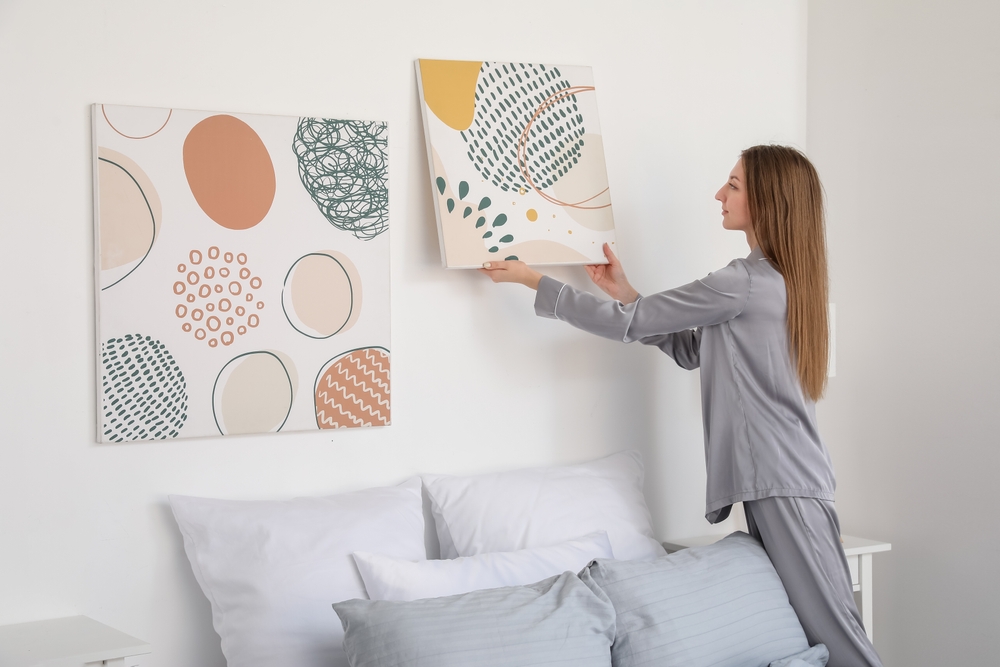
One of the most common design mistakes is hanging art too high on the walls. While it may seem like a good idea to make the artwork the focal point, placing art too high can make your room feel unbalanced and disconnected. Art should ideally be hung at eye level, with the center of the piece around 57 to 60 inches from the floor for optimal viewing.
According to Coldwell Banker, ensuring proper placement helps maintain balance and enhances the overall aesthetic of your space. Hanging artwork too high also makes the space feel disjointed. It can make a room seem taller than it is while making the artwork appear lost or out of place. By keeping your art at eye level, you create a harmonious look that pulls the room together and gives the space a polished, thoughtful feel.
4. Ignoring Lighting
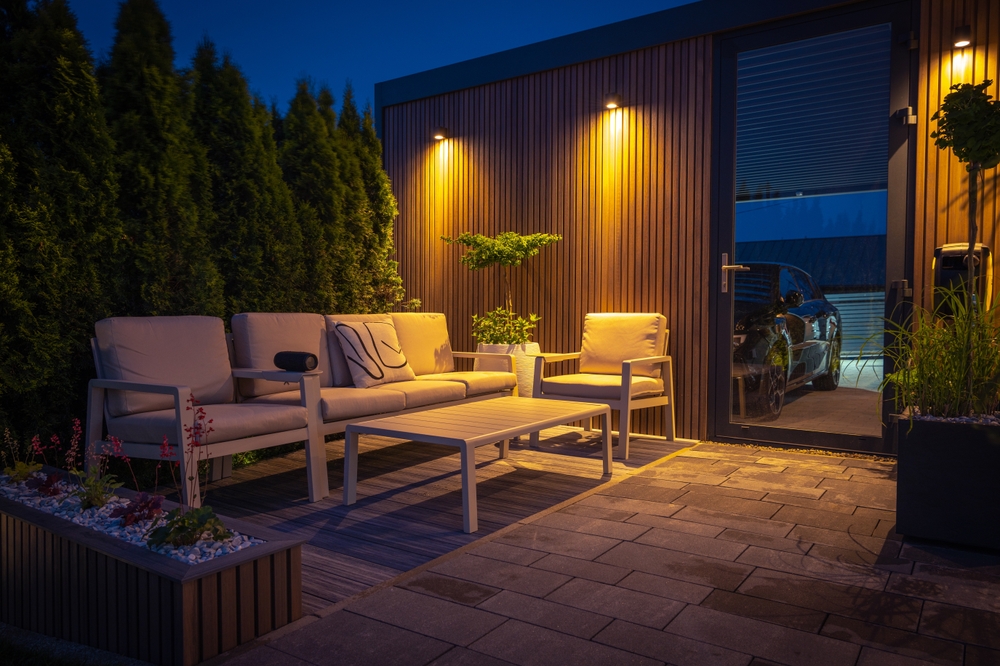
Lighting is one of the most overlooked aspects of interior design, but it can make or break a space. Overhead lighting, especially harsh fluorescent lights, can make your home feel sterile and unwelcoming. On the other hand, dim lighting can make your space feel dull and lackluster. According to Foyr, lighting transforms spaces by creating ambiance and highlighting architectural features effectively. A combination of ambient, task, and accent lighting is essential for creating a balanced and inviting environment.
Investing in a variety of light sources, such as table lamps, floor lamps, and pendant lights, adds depth and warmth to your rooms. Consider the mood you want to create in each space and choose your lighting fixtures accordingly. The right lighting can elevate any room and make your home feel more modern and inviting, while poor lighting will instantly make it feel dated.
5. Using Too Many Bold Colors
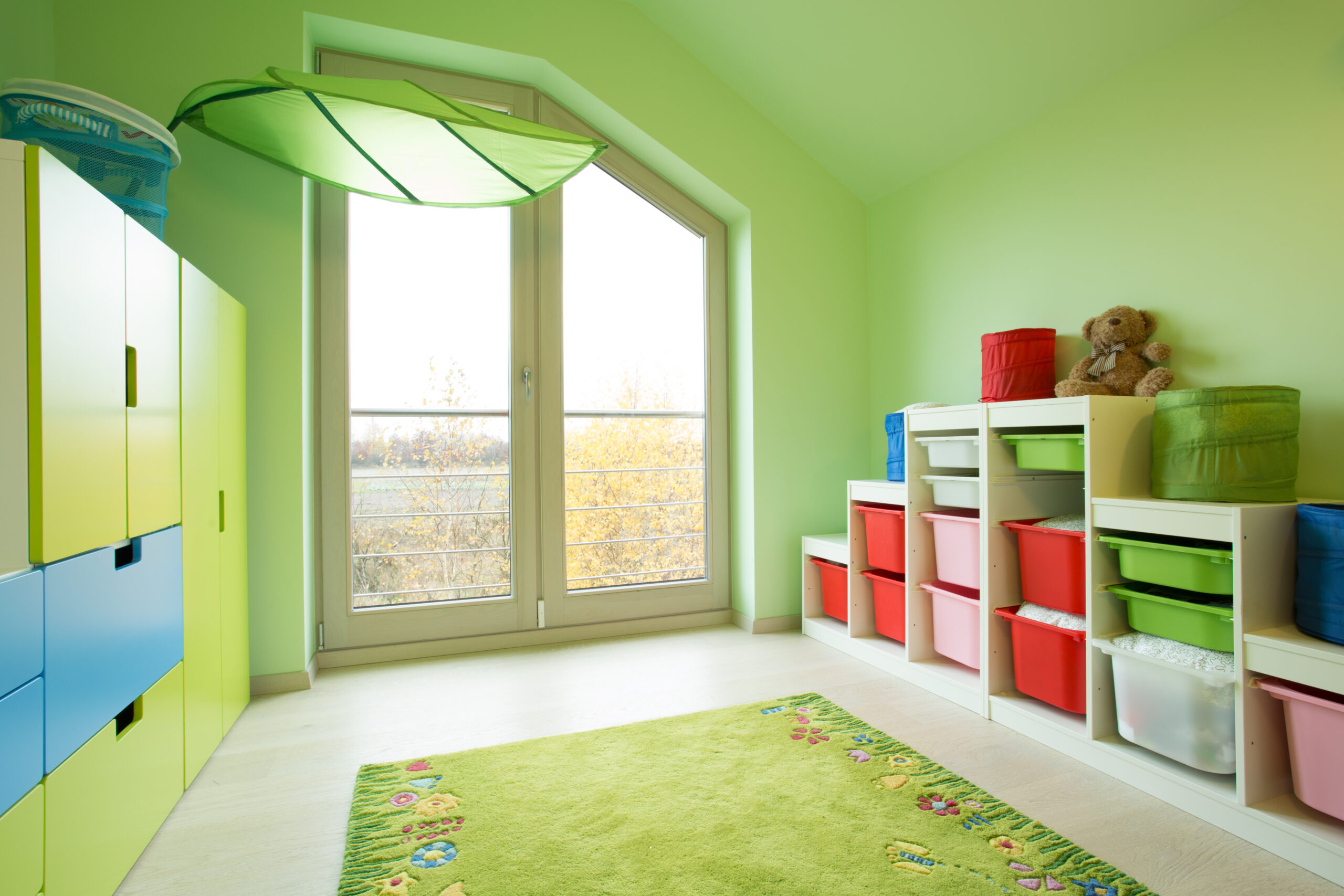
While bold colors can make a statement, using them excessively in your design can make your home feel overwhelming and dated. Too much of one intense color can create visual chaos, making the space feel cramped or chaotic. It’s important to use bold colors strategically, pairing them with neutral tones to create balance and harmony in the room.
Instead of painting every wall a bold color, consider using accent walls, colorful furniture, or accessories to bring in pops of color. This approach allows you to embrace vibrant hues without making the space feel heavy or overwhelming. Choosing the right balance of colors is key to creating a space that feels contemporary rather than stuck in the past.
6. Overdecorating With Accessories

Accessories are the finishing touches that can elevate a space, but overdoing them can quickly make your home feel cluttered and dated. Too many decorative objects, such as figurines, vases, and knick-knacks, can make a room feel busy and overcrowded. Minimalism is often more effective, choosing a few high-quality, meaningful pieces that complement the overall design of your room.
Rather than filling every surface with decor, focus on creating a few statement areas with carefully selected items. One large piece of art or a beautiful sculptural vase can have a greater impact than cluttering up your shelves with dozens of small objects. The goal is to create a space that feels intentional and well-curated, not overcrowded or overdone.
7. Using Outdated Furniture Pieces

Old, worn-out furniture can instantly make your home feel outdated. Whether it’s a faded couch or chipped coffee table, these pieces drag down the overall aesthetic of your space. While vintage pieces can add character, it’s important to ensure they’re well-maintained or updated with new upholstery and finishes to prevent them from looking tired or old-fashioned.
Consider replacing or refurbishing old furniture that no longer serves your space or style. A fresh coat of paint, new cushions, or a reupholstered chair can give your furniture a modern facelift. By swapping out outdated or damaged pieces for updated ones, you can refresh your home and make it feel more current and stylish.
8. Going Overboard With Wall Decals And Stickers

Wall decals and stickers are popular for adding personality and flair to a room, but they can make your home look cheap and tacky if overused. While they might seem like a quick fix, they often lack the sophistication of framed art or wall hangings. Overloading your walls with decals can make the space feel less polished and more like a temporary living situation.
Instead of using decals, consider investing in artwork or prints that can be framed and displayed. These types of wall decor add sophistication and longevity to your design, while still allowing you to inject your personality into the space. Simple and well-chosen pieces will elevate your walls without overwhelming the room or making it feel juvenile.
9. Not Considering Scale And Proportion
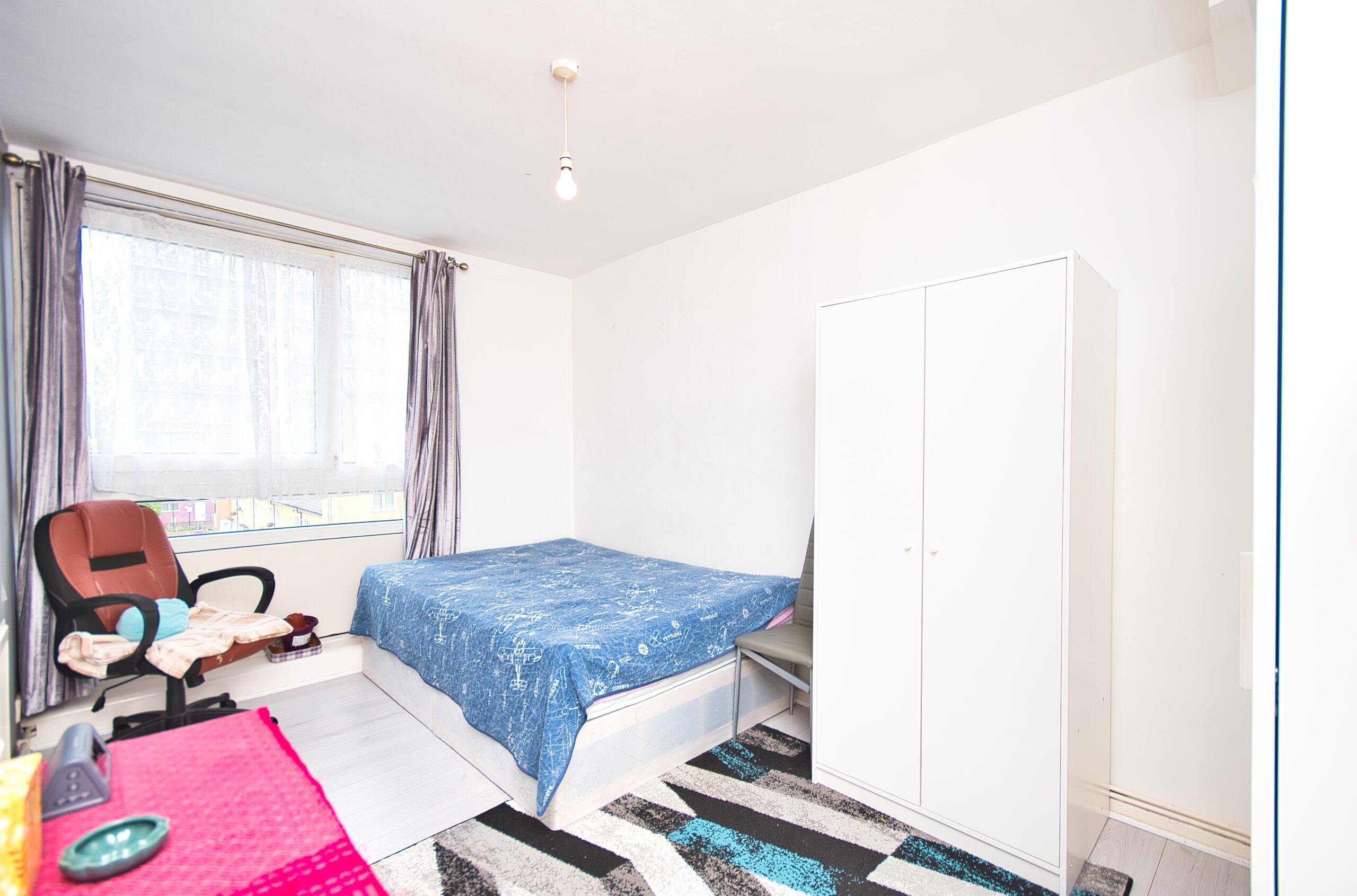
One of the most common interior design mistakes is not paying attention to the scale and proportion of furniture and decor. Overly large furniture in a small room can make the space feel cramped, while small furniture in a large room can make the area feel empty and awkward. It’s important to choose pieces that fit the scale of your space and create a balanced, harmonious layout.
For example, pairing a large sectional with a tiny coffee table can make the room feel off-balance, while a small sofa in a large living room might get lost. Think about how each item relates to the size of the room and how it will interact with other pieces. A well-proportioned space feels more comfortable and visually pleasing, making it a vital element of any design.
10. Clashing Styles
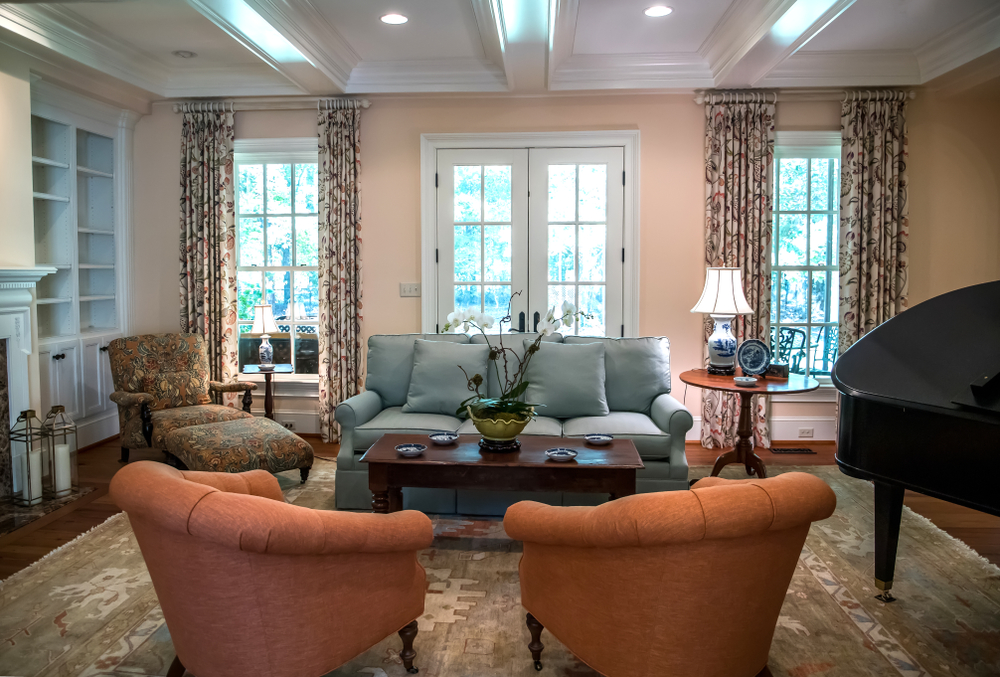
Mixing too many different design styles can result in a jarring, disjointed space. While blending styles can create an eclectic look, it’s important to find a balance and ensure that the elements work together cohesively. A mismatch of contemporary, rustic, vintage, and modern elements can confuse the eye and make the space feel chaotic.
Instead, focus on creating a design that incorporates complementary elements from different styles. A modern sofa with vintage lamps, or a rustic coffee table in a sleek, minimalist living room, can create a harmonious fusion without clashing. The key is to make sure each item has a purpose and contributes to a unified aesthetic.
11. Forgetting Functionality
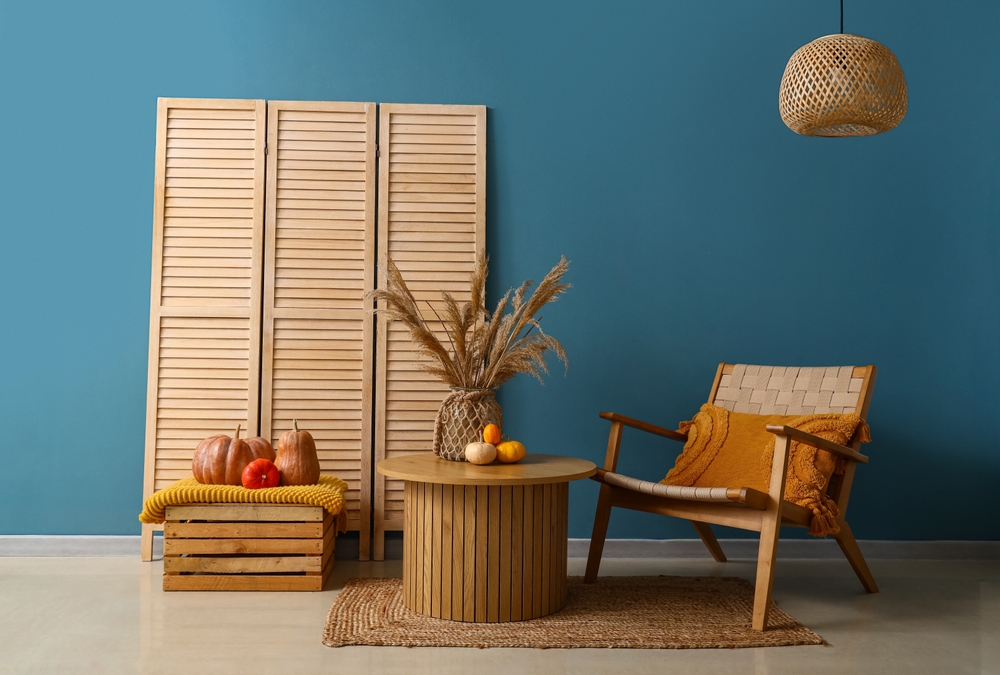
While aesthetics are essential, ignoring the functionality of your space can lead to design mistakes that affect the livability of your home. A beautiful room can quickly lose its charm if it’s uncomfortable or impractical to use. Whether it’s furniture that’s too bulky for the space or decor that obstructs movement, functionality should always be a priority.
Consider how you’ll use the space and choose furniture and decor that align with your lifestyle. A comfortable, functional home will always look more inviting and will stand the test of time. Ensure that your design choices meet both aesthetic and practical needs, so you can enjoy a space that’s both stylish and functional.
12. Choosing Cheap Materials
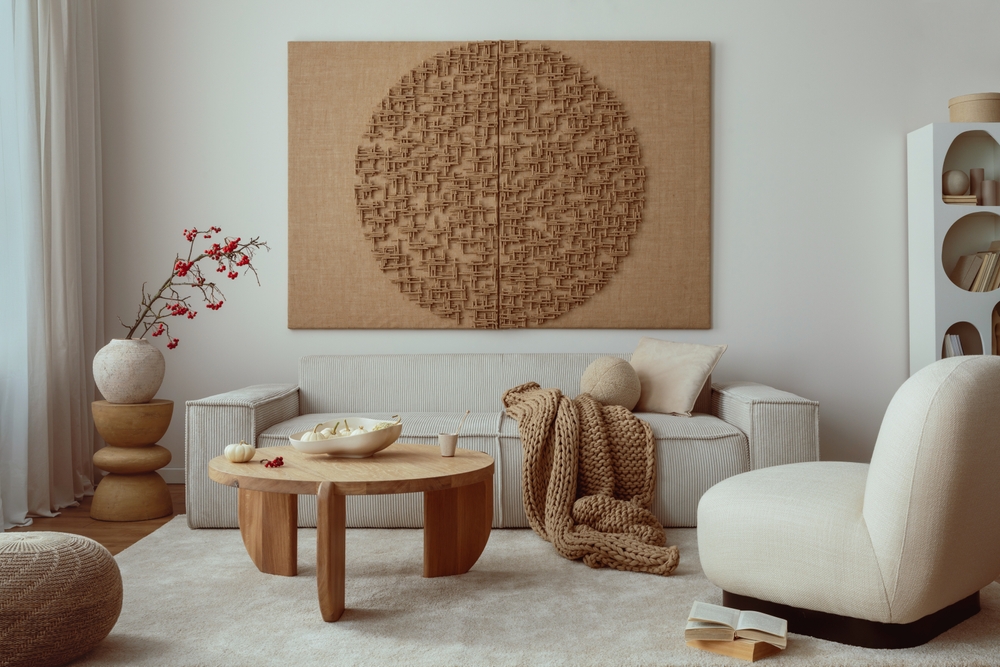
While it’s tempting to go for budget-friendly materials, choosing cheap alternatives can make your home look tacky and dated. Low-quality furniture, laminate countertops, and flimsy decor can quickly show wear and tear, making your home feel less polished. Investing in higher-quality materials, even in small doses, can have a significant impact on the overall aesthetic.
Opt for durable materials like solid wood, high-quality textiles, and metal or stone finishes. These materials are timeless, long-lasting, and elevate the overall feel of your space. Even small upgrades, such as replacing plastic handles with brass ones, can make a big difference in how your home feels and looks.
13. Using Too Much Matching Upholstery
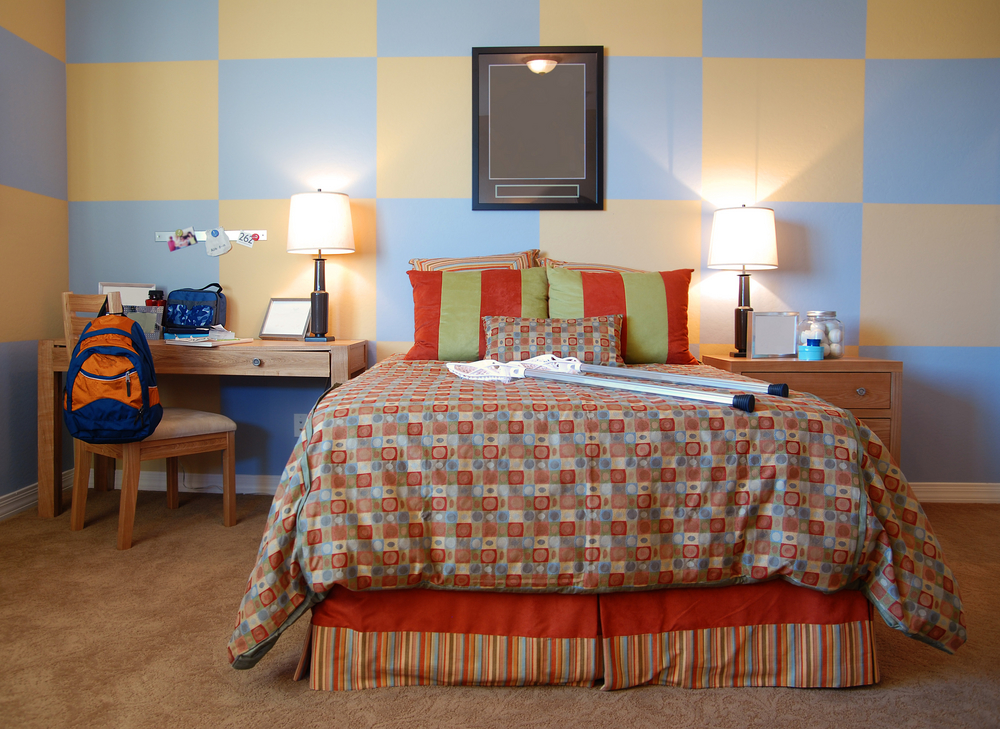
Matching upholstery is another design mistake that can quickly make your home look dated. While it might seem like a good idea to match your sofa, chairs, and curtains, this approach often leads to a monotonous and uninspired look. Mixing different textures and colors in your upholstery can add depth and interest, preventing your space from feeling too uniform.
Instead of matching every piece of furniture, play with contrasts in color, texture, and pattern to create a more dynamic and modern look. A velvet sofa paired with linen chairs or a leather ottoman can create a stylish and inviting space that feels both unique and comfortable. Embrace variety to bring warmth and personality to your home.
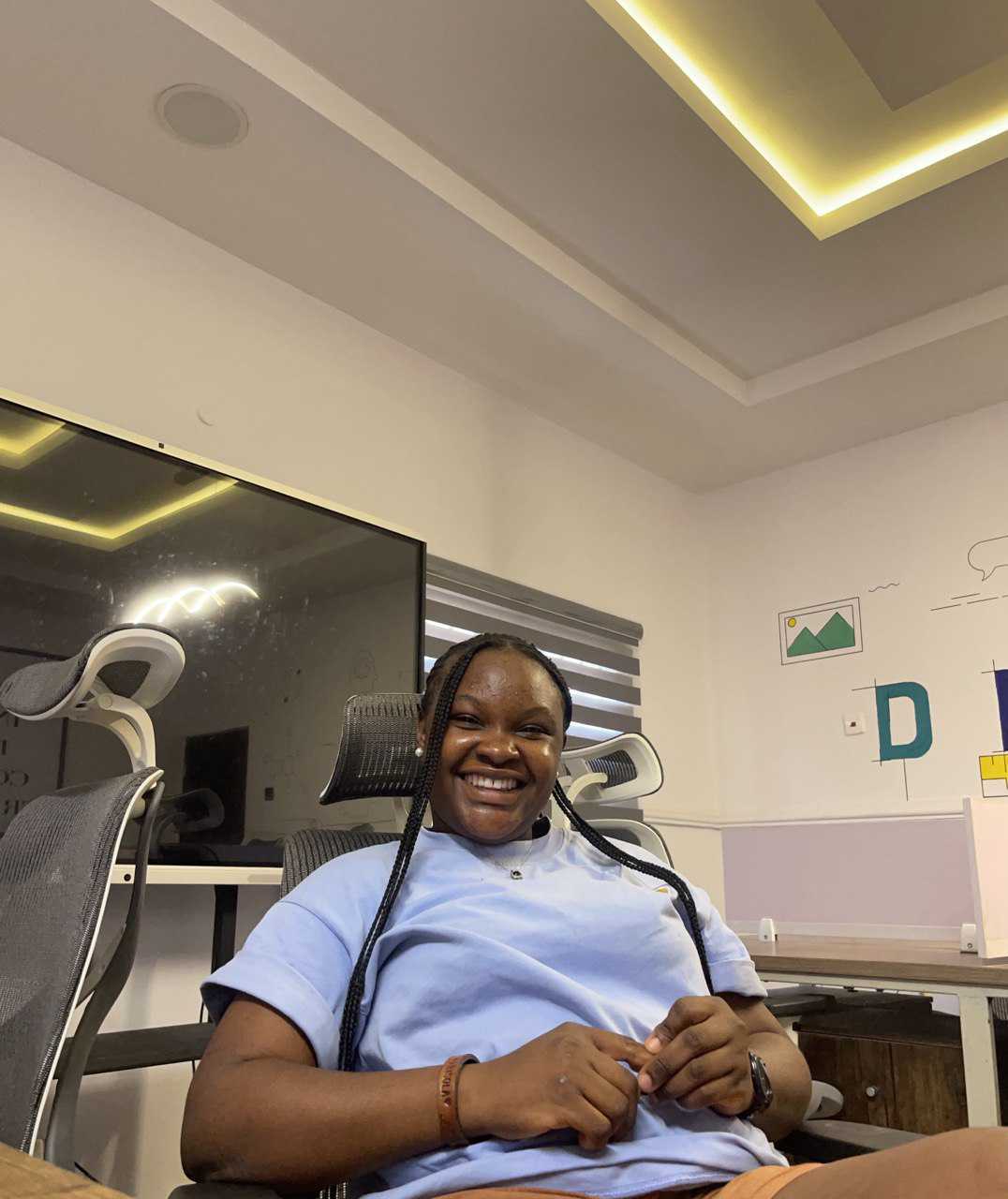
Abisola is a communication specialist with a background in language studies and project management. She believes in the power of words to effectively connect with her audience and address their needs. With her strong foundation in both language and project management, she crafts messages that are not only clear and engaging but also aligned with strategic goals. Whether through content creation, storytelling, or communication planning, Abisola uses her expertise to ensure that her messages resonate and deliver lasting value to her audience.


